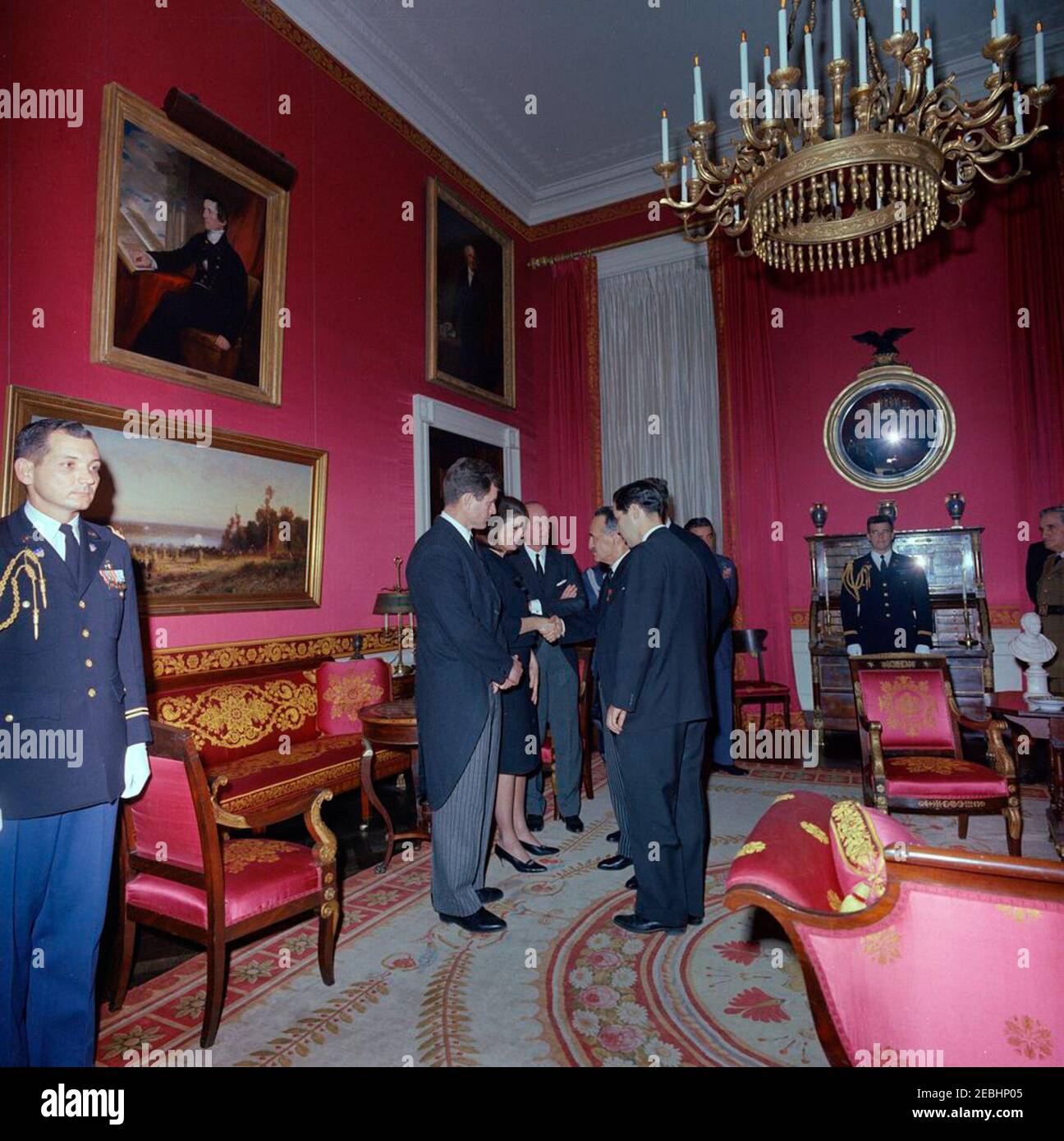

While his stated rationale for imposing martial law changed and shifted in 34 months, what remained unchanged was his resolve to gain dictatorial powers. Various authors and sources have reasonably surmised that Marcos started to seriously plan for martial law when he won his second term in November 1969. Oplan Sagittarius by VERA Files on Scribd Close Marcos aides, including those tasked to prepare plans for or study the feasibility of martial law in the country, were surprised when it finally happened.īut one man already held a copy of Proclamation 1081: then US ambassador to the Philippines Henry Byroade.

Within this clique, there were differences in what the “Seven Wise Men” or the “Group of Seven” knew beforehand to what the rest of the “Rolex 12” would eventually come to learn and implement. Many had suspected this would happen, but only a dozen men knew for sure and not even all of them were aware of the timing. The public would know about this only on the evening of September 23 when he announced it on live television, saying that martial law was the appropriate response to meet the growing threat from the armed Left and Muslim rebels. While he denied it publicly, Marcos had secretly signed Proclamation 1081 imposing martial law in the entire country. It was his response when asked by Jose Aspiras and Carmelo Barbero, two of the strongman’s most loyal political lieutenants from the “northern bloc,” if rumors were true that he would declare martial law within 48 hours.

That was what then president Ferdinand Marcos wrote in his diary for September 21, 1972.


 0 kommentar(er)
0 kommentar(er)
